03.00 AM. My alarm rang but I was nowhere near ready to get up. The night before had been amazing, celebrating Shabbat in Jerusalem and afterwards hanging out with some great people at the hostel until 1.30 AM. So on 1,5 hours sleep, I got up and started getting ready for my tour to Masada, En Gedi Nature Reserve and the Dead Sea, starting at 4 AM.
I met up with Carolina who was joining me on the tour and we headed out into the quiet streets of Jerusalem in the search of Abraham Hostels from where our bus would leave. We found it without a problem and were soon on our way on an amazing adventure.
You might think we’re crazy for going on a tour in the early hours of the morning, but there was a meaning to the madness. We were heading to Masada first, an ancient fortress situated at the summit of an isolated rock plateau, overlooking the Judaean Desert, the Dead Sea and Jordan to the east. The sunrise from the top of the rock plateau is said to be amazing and we were going to hike up it before sunrise so we could enjoy the spectacle.
Our journey started with an (for me) unexpected drive through the West Bank. If it hadn’t been for my offline map app, I would never have realized as there was no border control. When we were a few kilometers outside the city of Jericho, we stopped at a roadside shop to buy snacks before heading out again. I couldn’t see anything of the West Bank as it was completely dark and thus I wouldn’t count it as a visit, but I am hoping to go back to explore the area soon.
Sunrise climb to Masada
When we arrived at Masada National Park at 5.30 AM, the sky was still pitch black. The full moon and the stars were out at full display so it wasn’t difficult to see as we climbed up the rock via the Snake Path. Our guide said the hike up would take about 45 minutes, and I think it was pretty accurate. Masada is only 58 meters above sea level, which doesn’t seem like an awful lot, but the climb actually starts 392 meters below sea level. The isolated rock rises 450 meters from the flat desert, making it look a lot higher than it is. It wasn’t a difficult climb as there were steps (and even railing) the whole way, it was just a lot of uphill which is tough after just 1,5 hours of sleep. The sun had still not risen when we got up there, so I spent some time exploring the ruins of Masada in the faint daylight.
The impressive ruins are remnants of two palaces built by Herod the Great between 37 and 31 BC. The isolated and dry location is probably the reason why the ruins are so well-preserved that even some of the mosaics on the floor and paintings on the walls are still visible. But Masada is not just the story of an isolated and peaceful getaway for Herod. After the Romans conquered Jerusalem in 70 AD, 960 Jews of the Sicarii sect made a desperate escape to Masada. The Romans commanded Jewish slaves to build a battering ram to the top of the rock, but the night before the siege, the 960 Sicarii men, women and children committed suicide to avoid enslavement. When Roman soldiers reached the fortress, they were met with complete silence and the dead bodies of 960 people.
Today, Masada is a UNESCO World Heritage Site and a popular tourist destination, especially for sunrise! Clouds were hanging low all morning so we didn’t get the sunrise that we’d hoped for, but it didn’t matter as Masada and the views beyond were incredibly beautiful regardless.
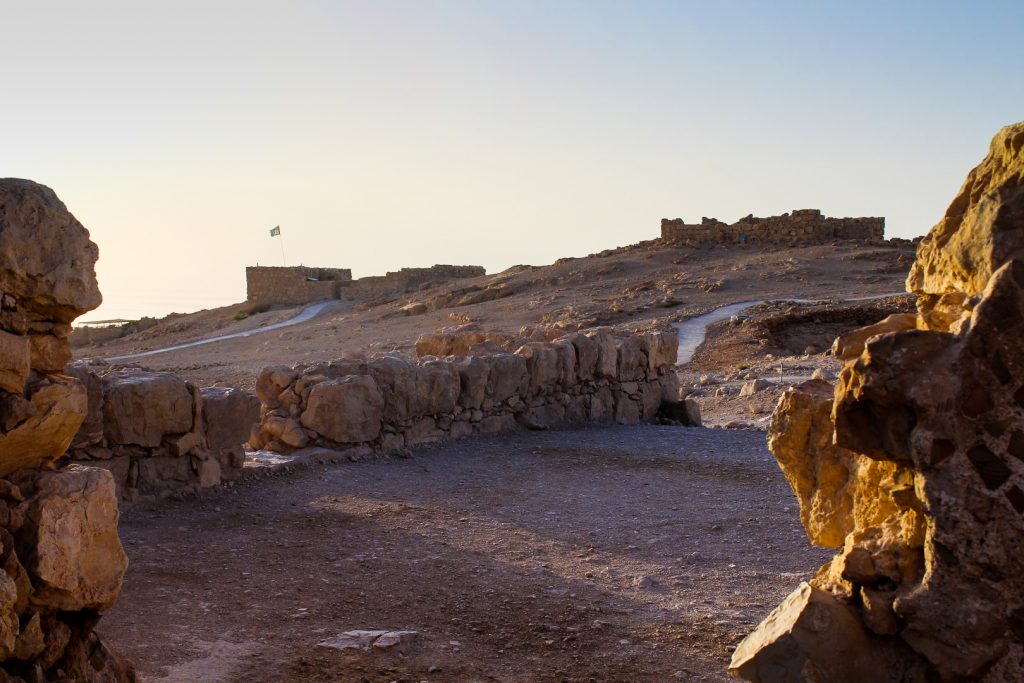



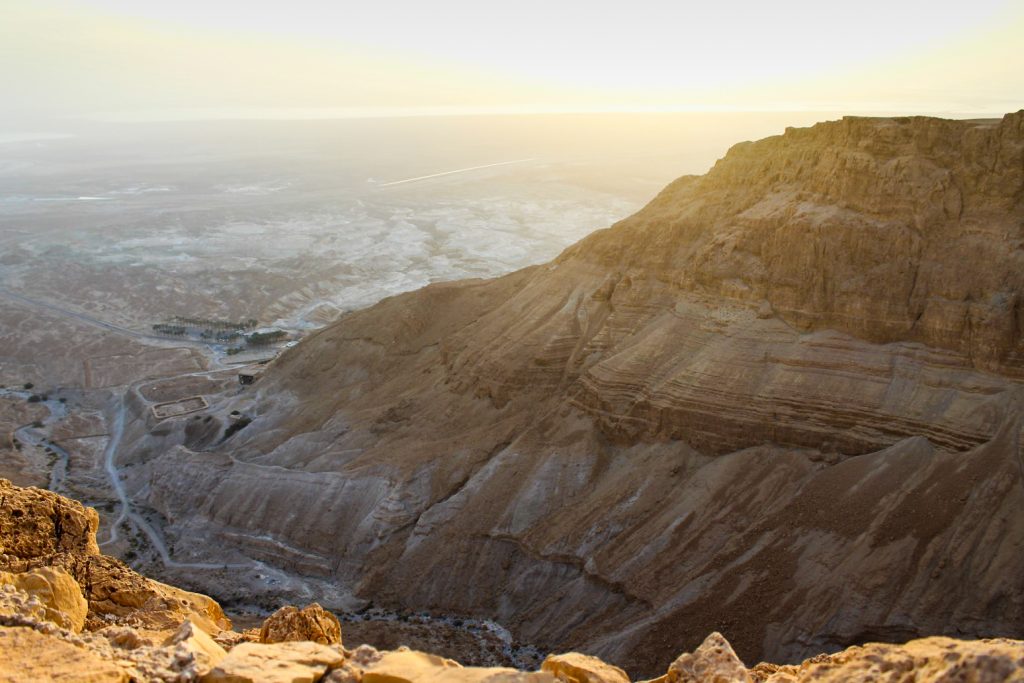
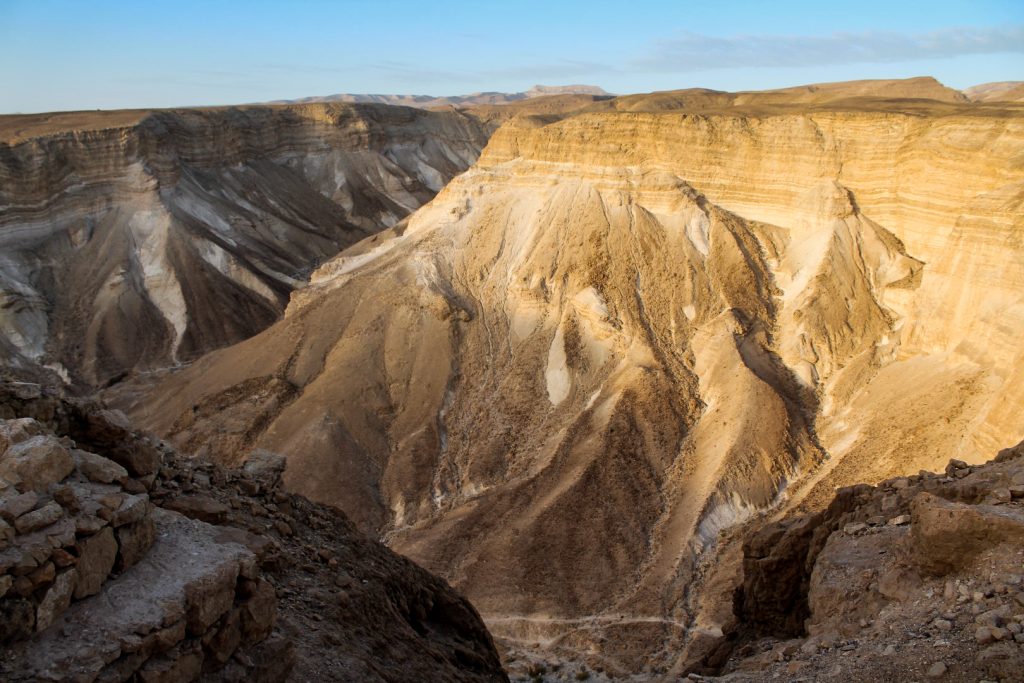
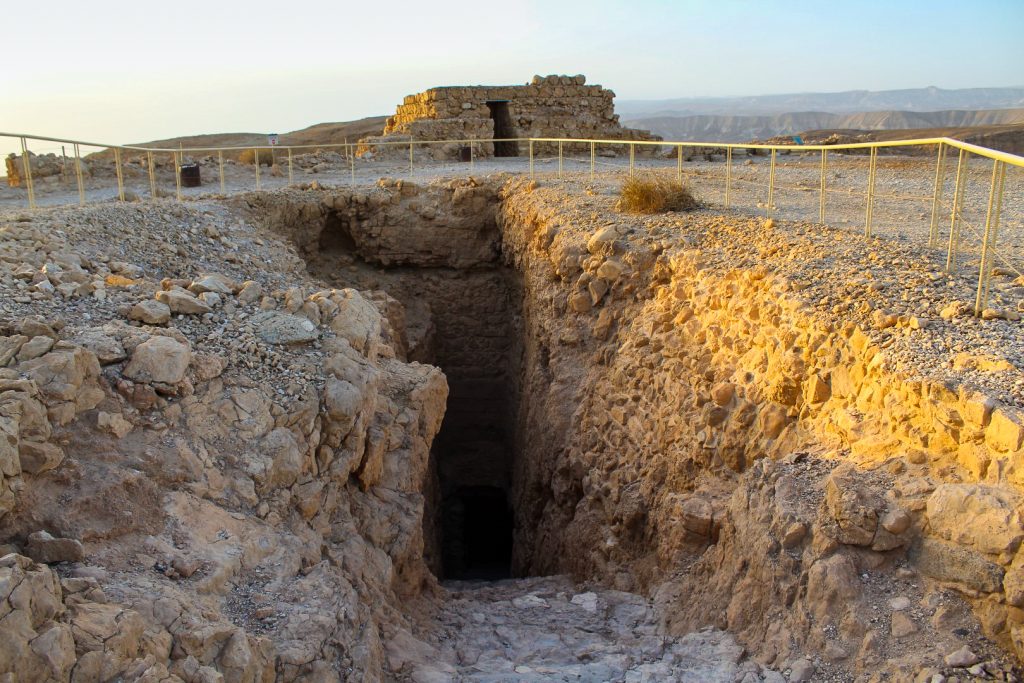



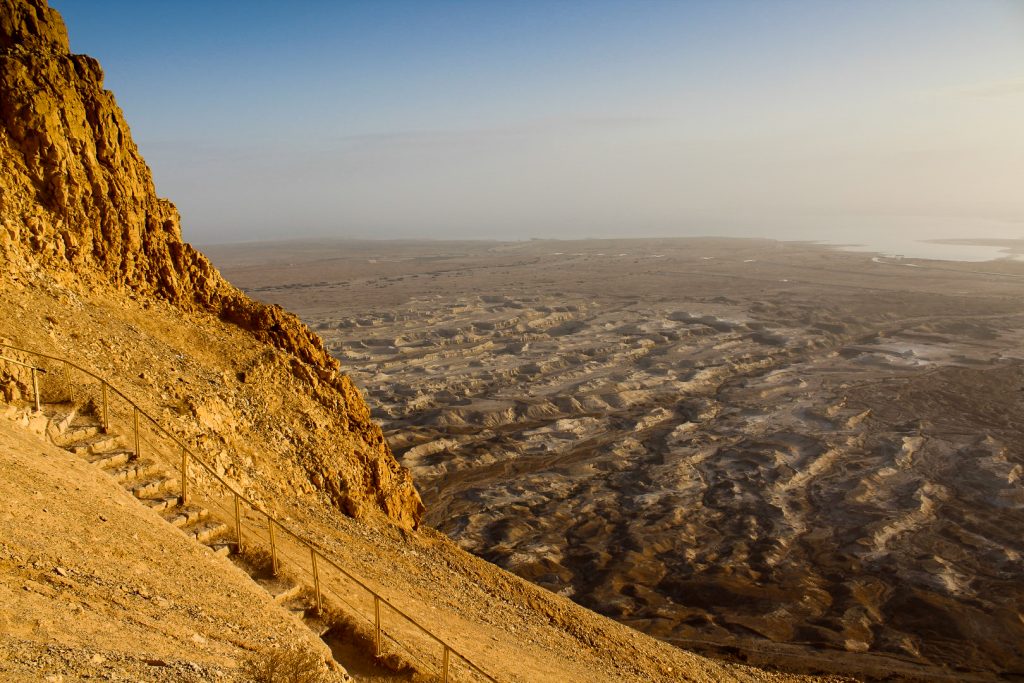
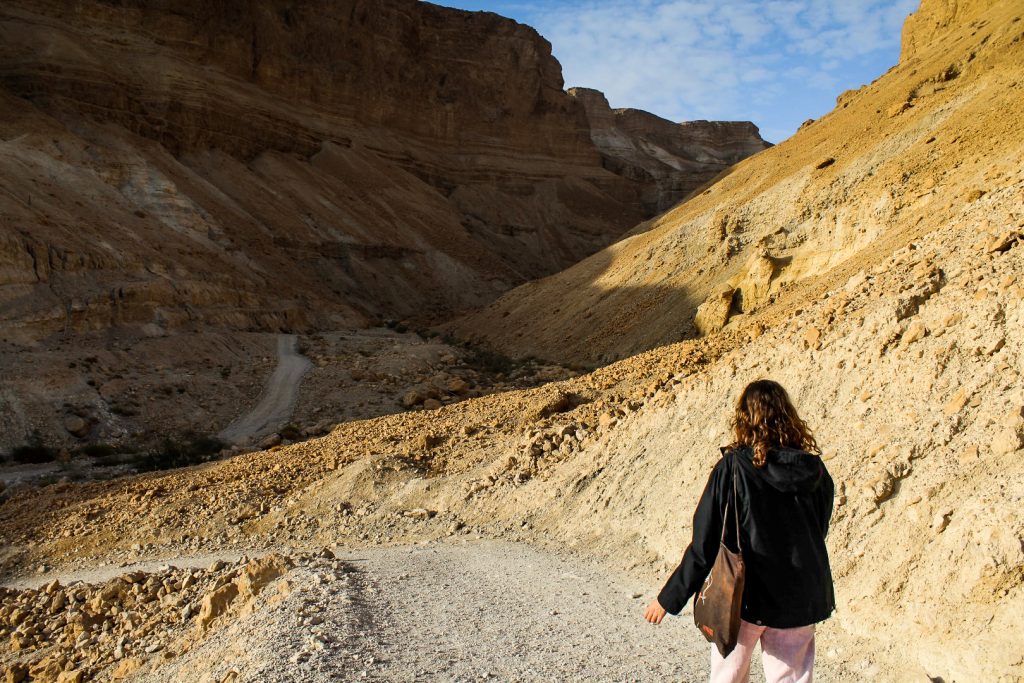

A walk through En Gedi Nature Reserve
The walk down the rock was nice and easy for most of us, but we ended up waiting for almost half an hour for one of the tour guests as she had injured herself. But once she was onboard, we were on our way to the next destination on our itinerary, a place I’d never heard of before.
We were going to En Gedi Nature Reserve, an oasis located in the mountains behind the Dead Sea. The area is home to many native animals, such as the wild goats that we met while hiking to a waterfall. The goats were eating from a tree and while most of them were standing on ground and reaching up to the branches, a few goats had decided to fully indulge in the feast by climbing up the tree! We had 1,5 hours to explore the nature reserve, which was just enough to hike to the waterfall and back. The area is huge and full of waterfalls and caves to explore, so more time would’ve been great. Maybe I should just return!
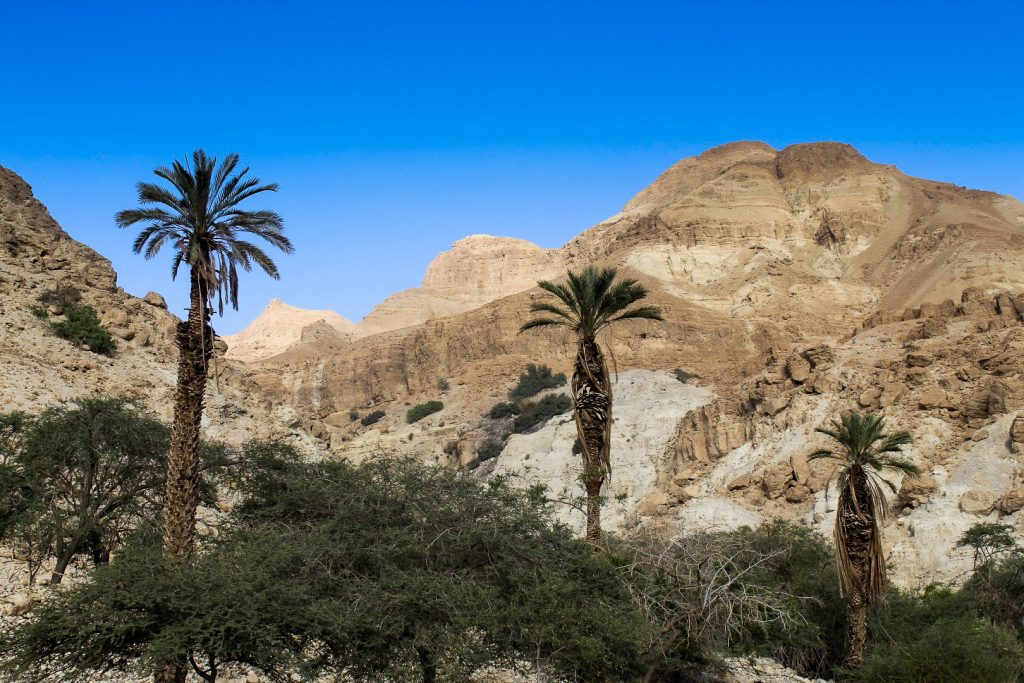
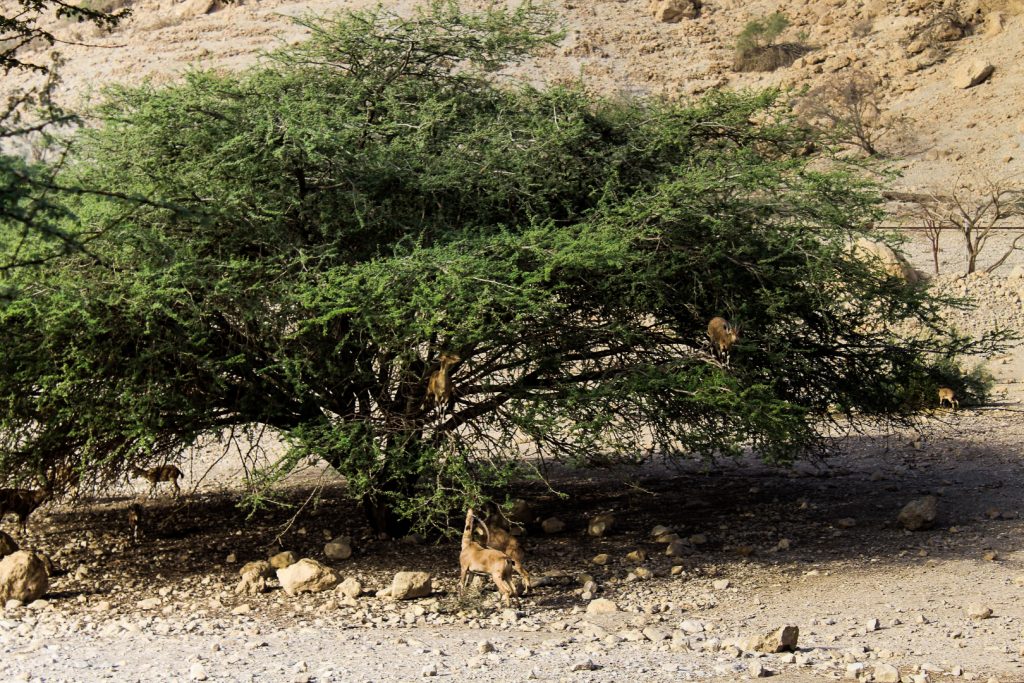

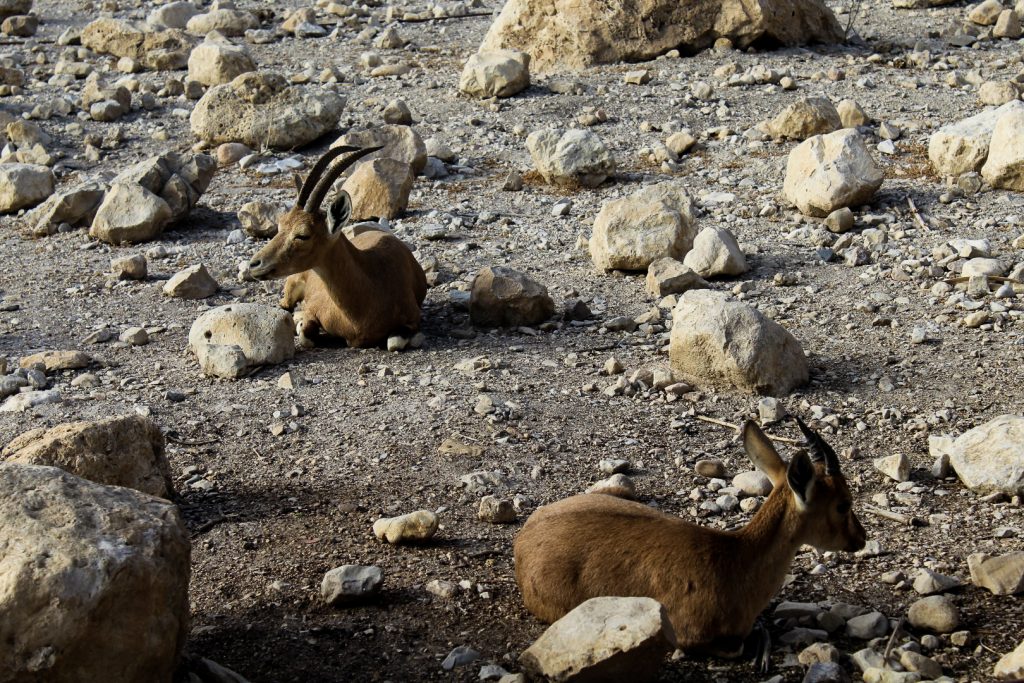
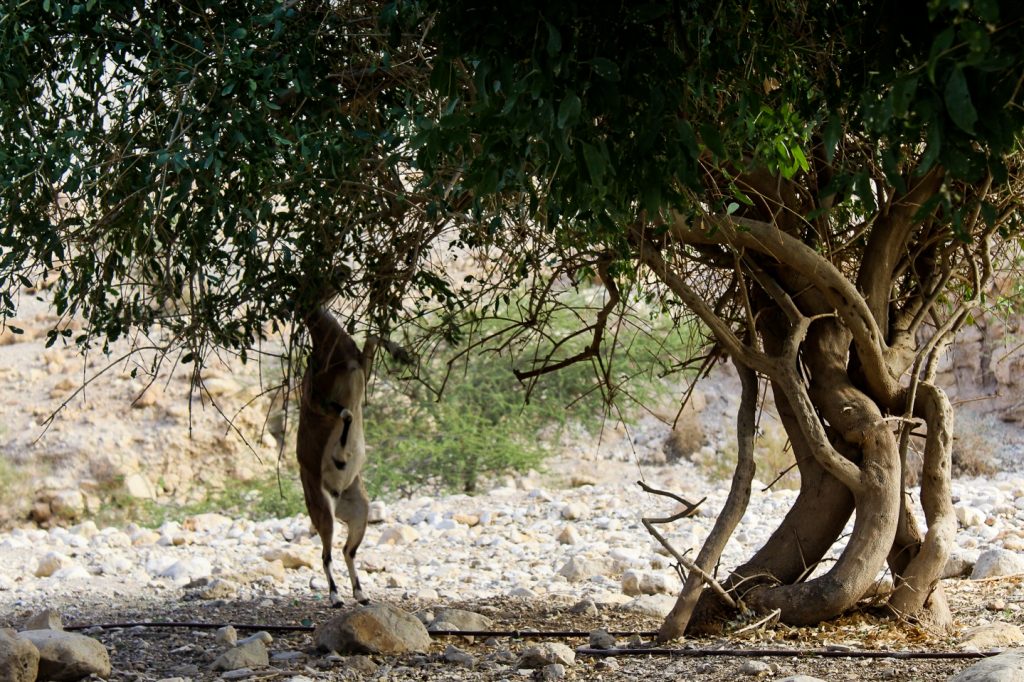

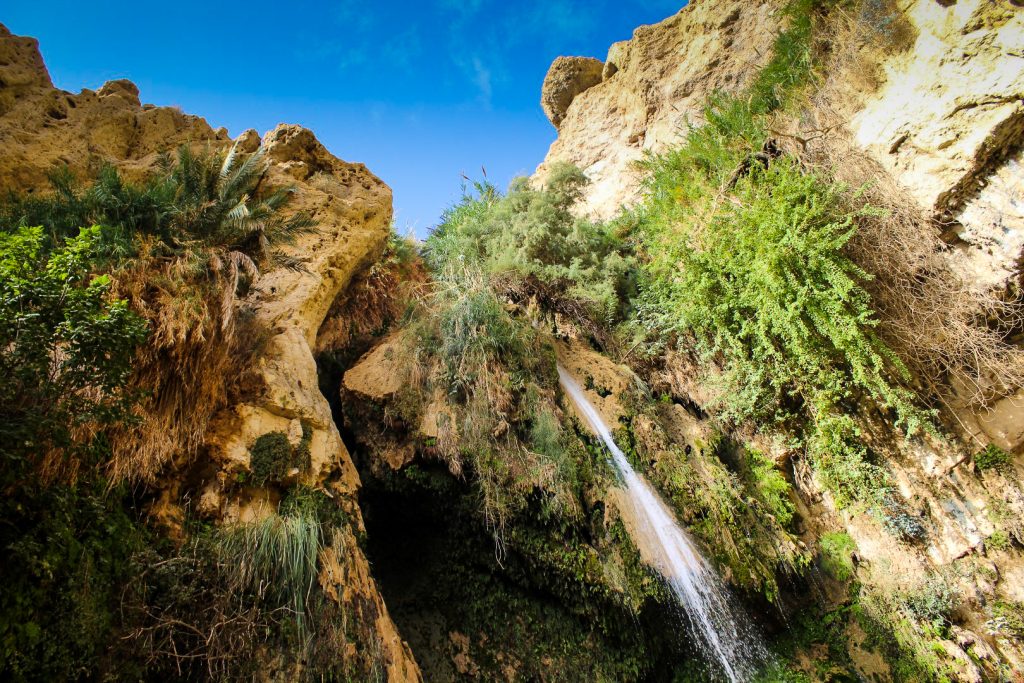
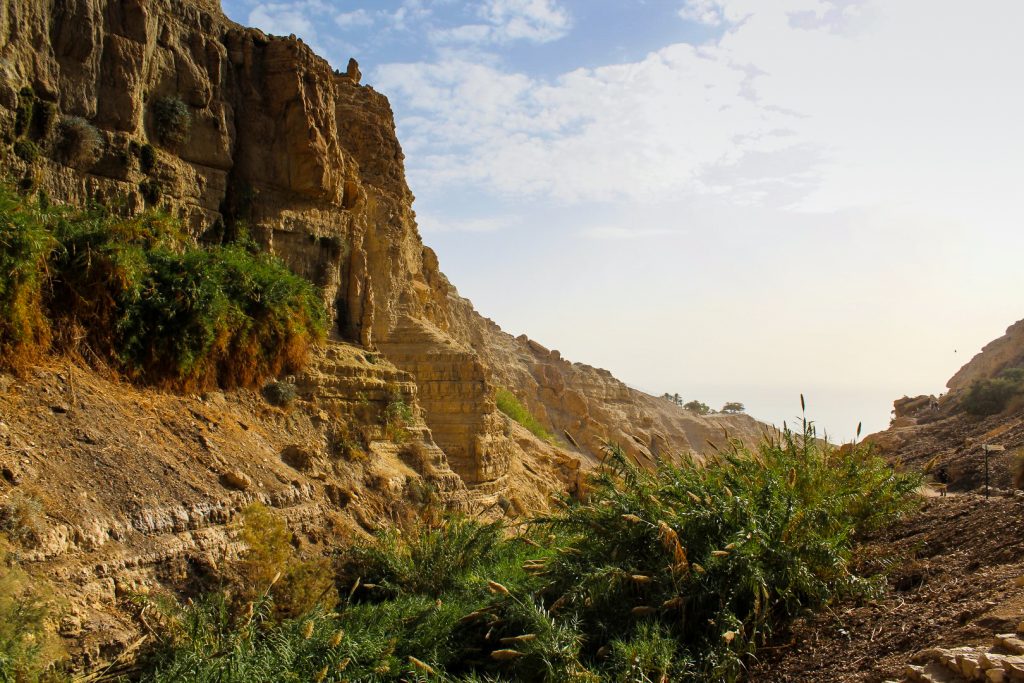
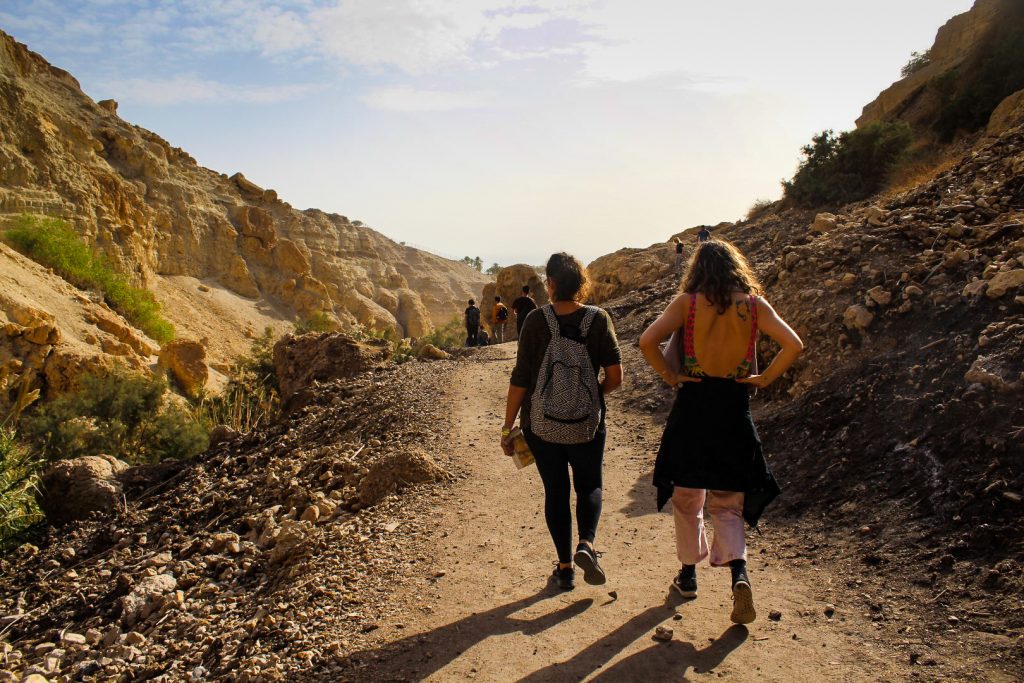
Overlooking the Dead Sea
We continued our journey through the Judean Desert, driving further and further below sea level. We were headed to the Dead Sea next, the lowest place on land on Planet Earth at 430,5 meters below sea level. The Dead Sea is also one of the world’s saltiest bodies of water with a salt concentration of around 31,5 % and is in fact 9,6 times saltier than the ocean. The salinity makes for a harsh environment for plants and animals that cannot survive there, hence its name. However, the shores of the Dead Sea are very often alive with thousands of tourists coming to experience the unique place where swimming is impossible, but floating isn’t. Unfortunately, the Dead Sea is receding at a rapid rate at two meters per year! But don’t worry just yet, there’s still 605 km2 for you to enjoy.
Before we got there, we made a quick stop at a lookout. It was very misty so we couldn’t see Jordan which was just 15 kilometers away on the opposite side of the Dead Sea, but the view of the sea itself was gorgeous.

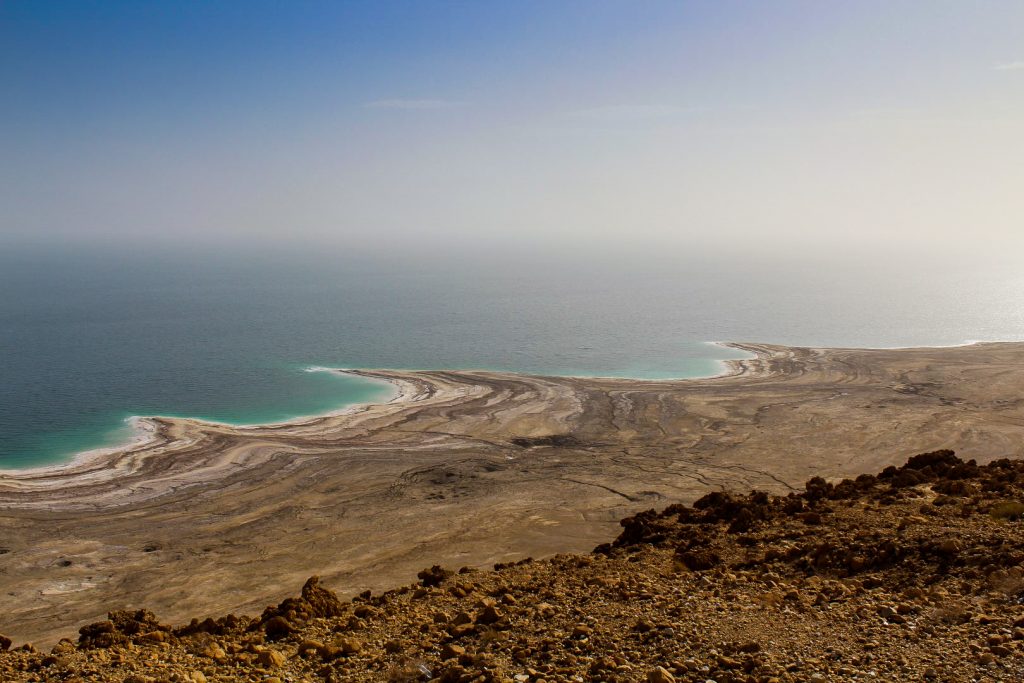
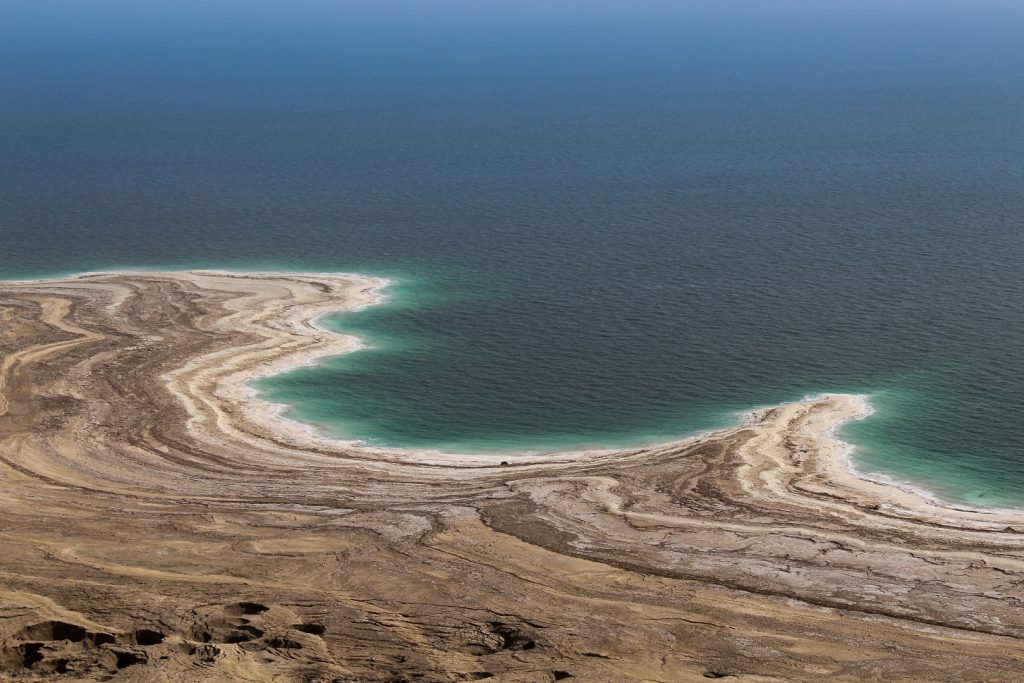
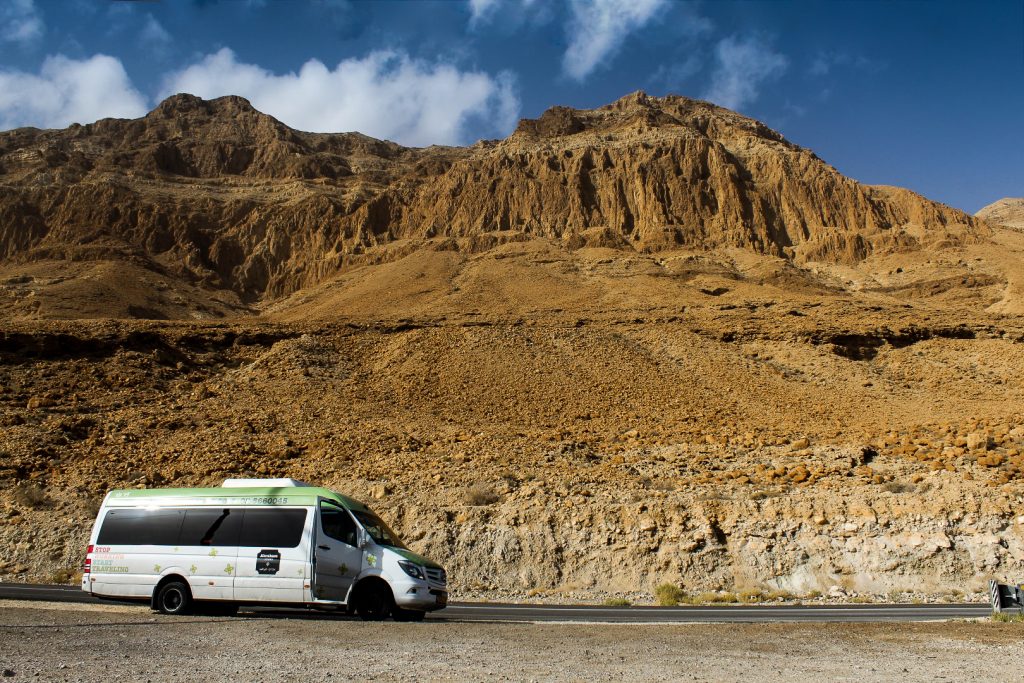
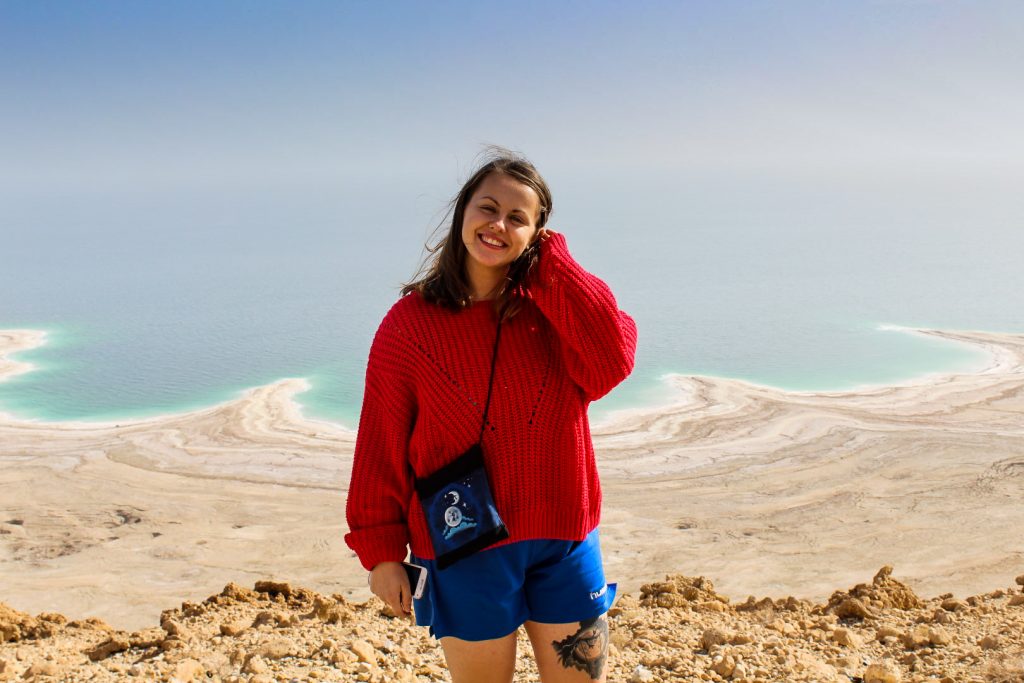
A windy dip in the Dead Sea
For our Dead Sea experience, we went to Kalia Beach, which seemed like the place where all tours go… There were restaurants, showers, lockers, shops, lifeguards, you name it. It was like a true beach vacation place, jam-packed with tourists. Not really my cup of tea.
Thankfully, Carolina, our new friend Giulia and I were able to find a spot on the beach which wasn’t too packed. We dressed in our swimsuits and took turns going into the salty water. Unfortunately, the Dead Sea wasn’t the relaxing and thrilling experience I’d hoped for. Instead of floating in the sea, which everyone wants to try so badly, we were being thrown around by the heavy waves crashing into the shore. The salt got in our eyes, noses and ears, stinging like ever before, and the beach was full of hard lumps of salt cutting into our bare feet. Heavy wind is quite unusual at the Dead Sea but we were unlucky and thus unable to enjoy the floating experience.
However, we did enjoy one part of visiting the Dead Sea – covering ourselves in the mineral rich mud! My skin was silky soft afterwards!
I do wish we had gone on a windstill day, but it gives me another reason to go to Jordan, so I can visit the Dead Sea on the other side – on a windstill day!
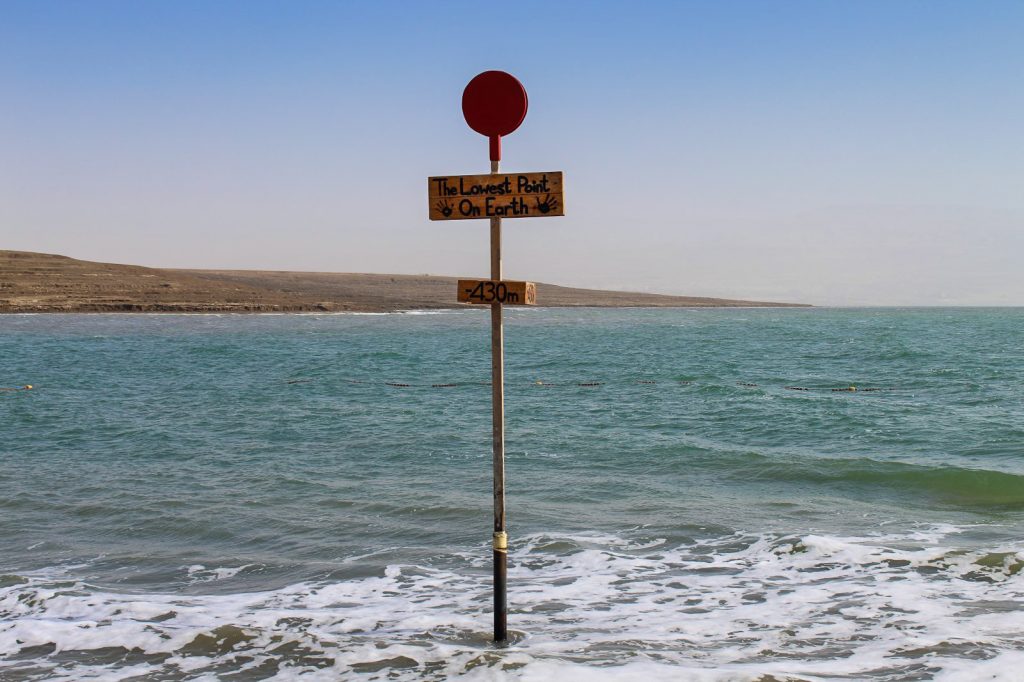

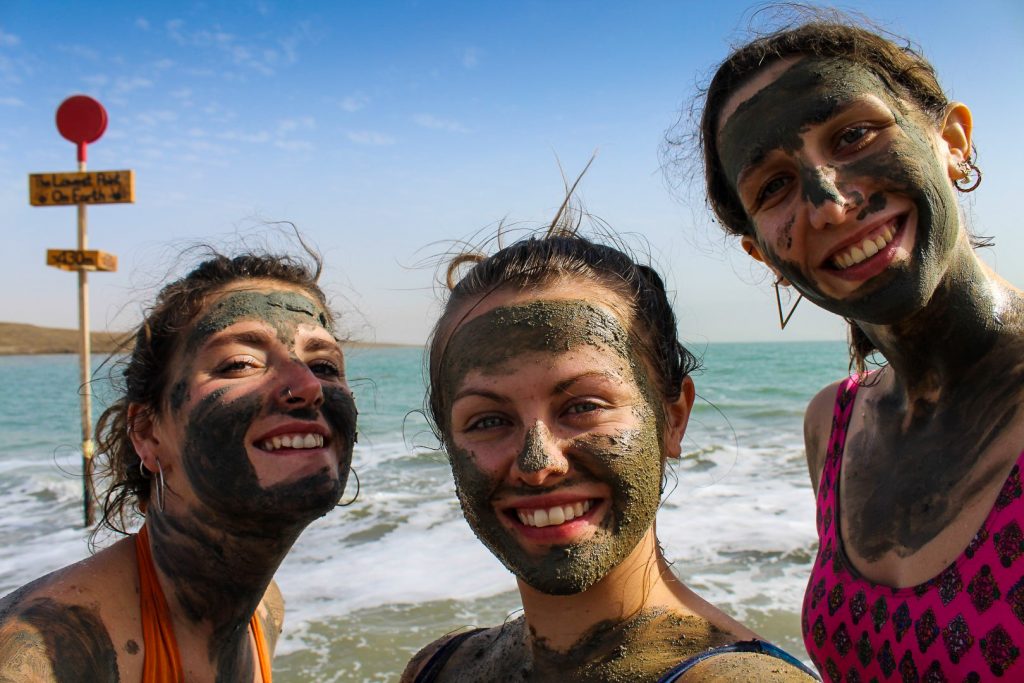

Info on the Masada, En Gedi and the Dead Sea tour
I went on the Masada Sunrise, En Gedi & Dead Sea Tour from Jerusalem with Abraham Hostel. It’s a self-guided tour although the bus driver does provide some info during the tour. I paid 280 NIS for the tour plus 39 NIS for entrance to Masada and 20 NIS for entrance to Kalia Beach. En Gedi was free to enter.
Go on a windstill and sunny day so you can fully enjoy the Dead Sea. Don’t shave the day before you go, wear goggles and swimming shoes (trust me…) and don’t forget sunscreen and plenty of water.

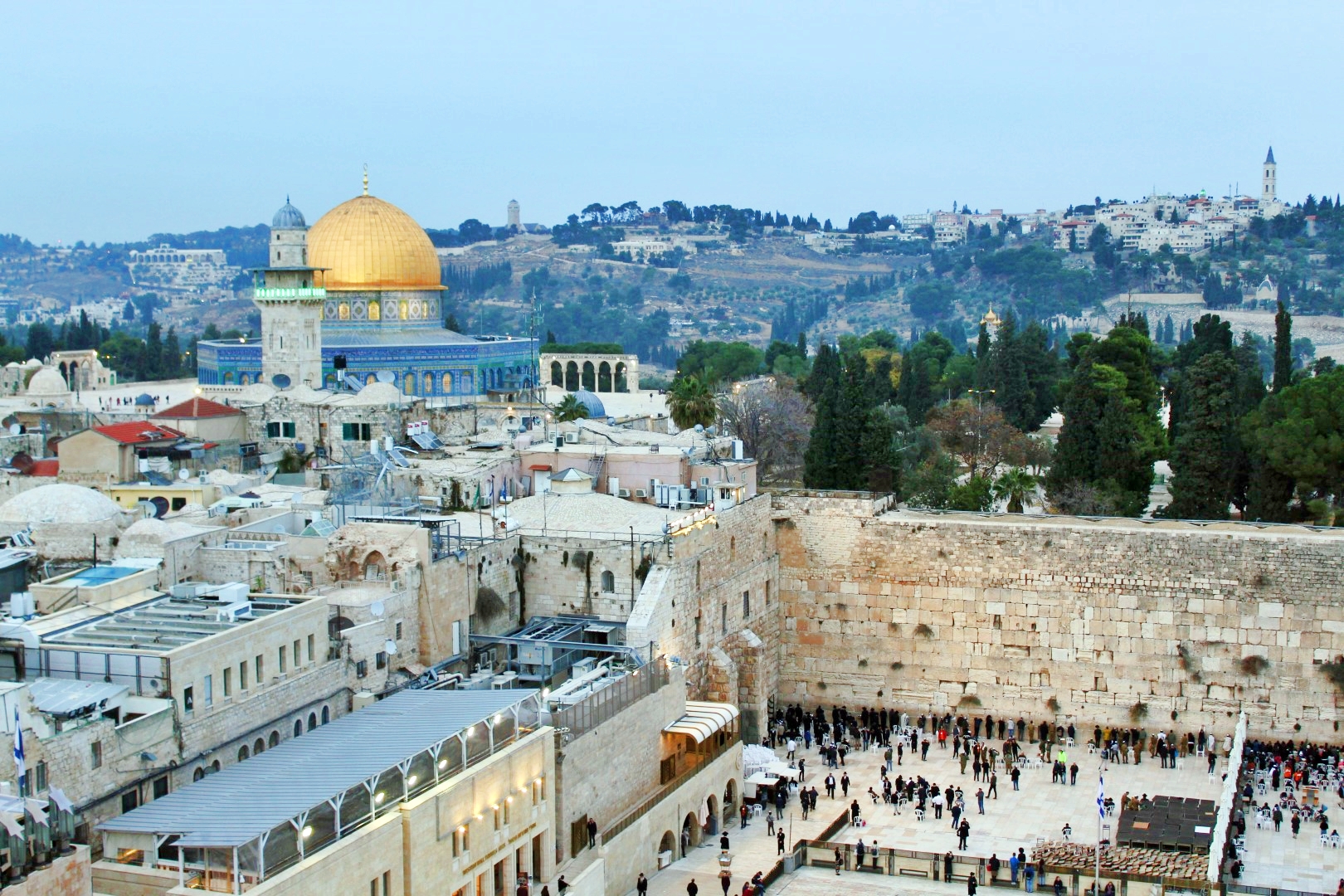

Leave a Comment